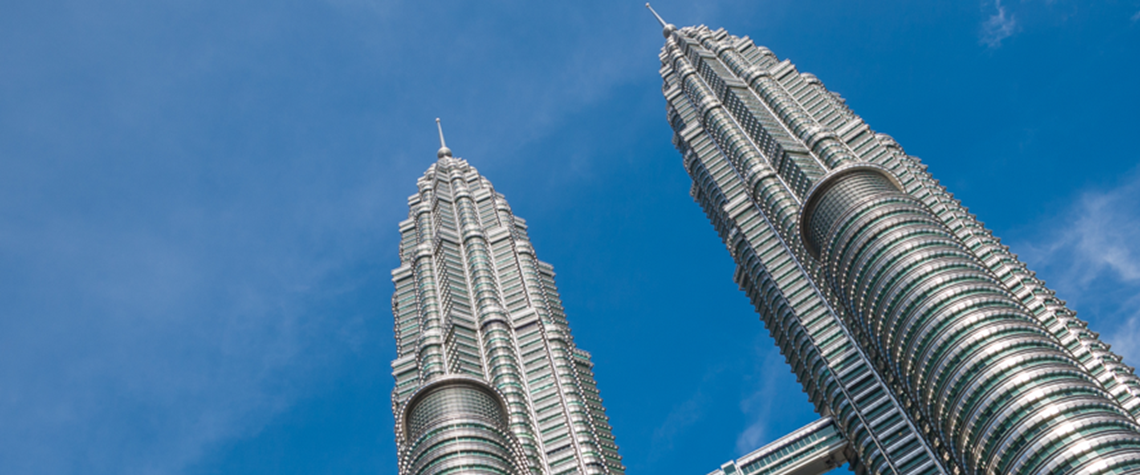Southeast Asian nations poised for crucial decade
Future development prospects are mixed across the energy-hungry region
Southeast Asia’s energy needs continue to grow rapidly, and the 2020s are set to be a critical decade for the region’s upstream. Energy demand is projected to rise by 3pc a year this decade, and three-quarters of that increase will be met by fossil fuels, the IEA predicts. Upstream activity in the region is dominated by NOCs with varying approaches and priorities. But governments also need to attract foreign investment and expertise to develop significant projects. And like all developing nations, Southeast Asian countries are seeking to balance that need with the desire to maximise returns on their natural resources, as well as their respective carbon pledges. The regional outlooks for oil

Also in this section
12 December 2025
The latest edition of our annual Outlook publication, titled 'The shape of energy to come: Creating unique pathways and managing shifting alliances', is available now
12 December 2025
The federal government is working with Alberta to improve the country’s access to Asian markets and reduce dependence on the US, but there are challenges to their plans
11 December 2025
The removal of the ban on oil and gas exploration and an overhaul of the system sends all the right messages for energy security, affordability and sustainability
10 December 2025
The economic and environmental cost of the seven-year exploration ban will be felt long after its removal







